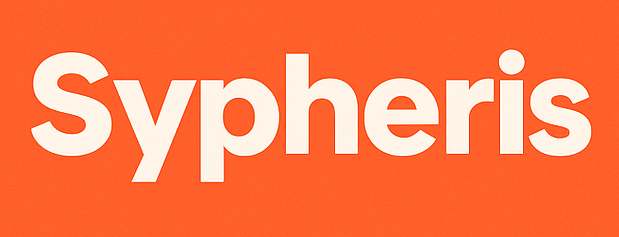Navigating the world of higher education financing can be overwhelming, but you’ve come to the right place. After you’ve exhausted all options for scholarships, grants, and federal aid, a private student loan can be the key to bridging the financial gap to your degree. Unlike federal loans, private loans are offered by banks, credit unions, and online lenders, each with its own set of rates, terms, and benefits.
Choosing the right private lender is a critical decision that can impact your financial well-being for years to come. In this guide, we break down the top private student loan providers of 2025, offering a clear comparison to help you find the best fit for your unique circumstances. We will also walk you through everything you need to know about the private loan process—from understanding how they work to getting approved—so you can borrow with confidence and focus on what truly matters: your education.
SoFi ⭐4.8/5

| Loan Terms | Loan Amounts | Student Perks |
| 5, 7, 10, 15, or 20 years. | $5,000 up to the full cost of attendance. | Career support, financial planning, and a 0.25% autopay discount. Ideal for students seeking holistic financial guidance. |
Eligibility: U.S. citizens, permanent residents, or DACA recipients with a creditworthy cosigner. Minimum credit score not disclosed, but best rates require good credit.
Key Features: Offers fixed rates from 3.29% to 14.83% APR and variable rates from 4.39% to 15.86% APR (with 0.25% autopay discount). No origination fees or prepayment penalties. Provides career coaching, networking events, and unemployment protection.
Ascento ⭐4.8/5
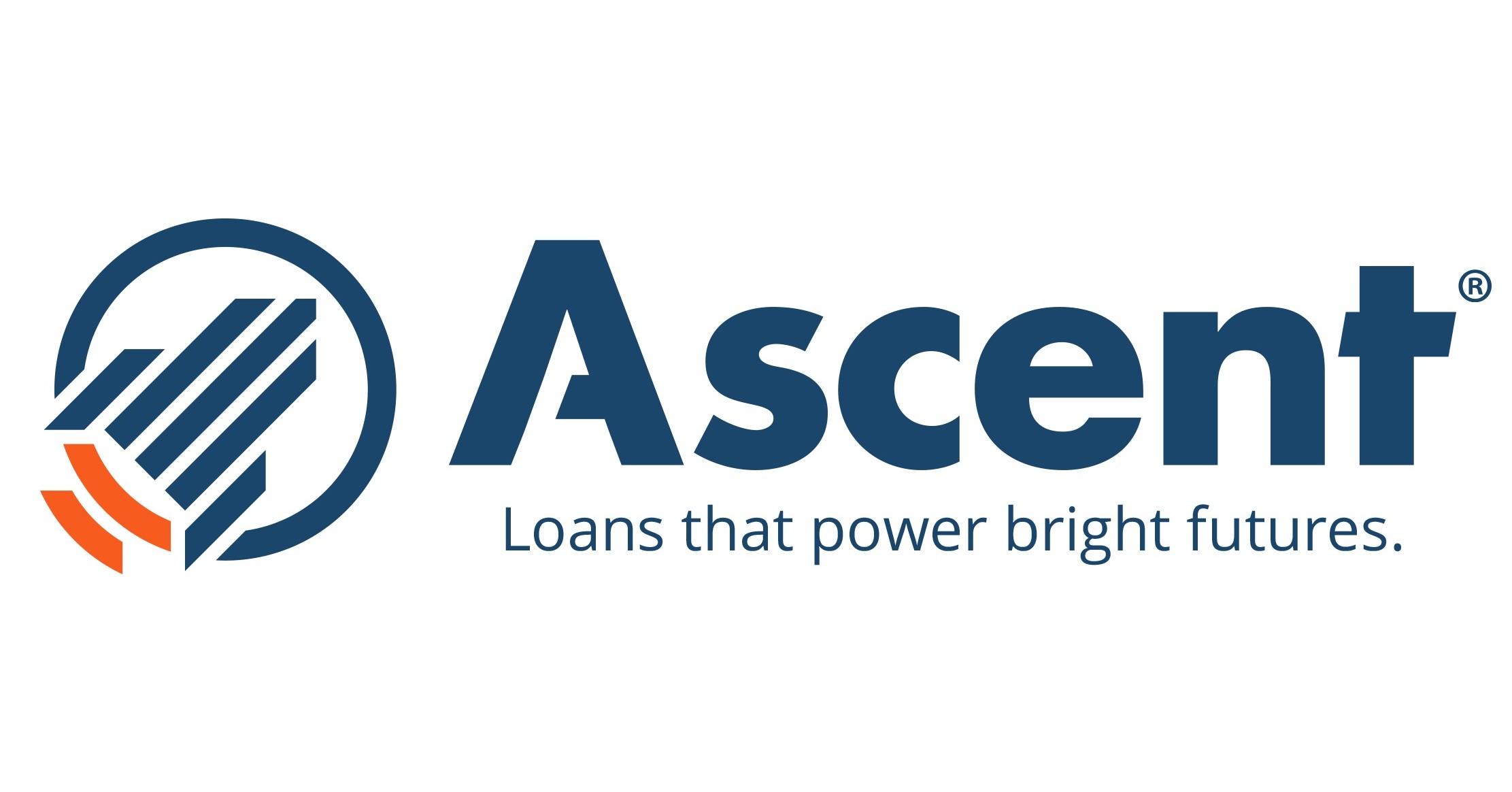
| Loan Terms | Loan Amounts | Student Perks |
| 5, 7, 10, 12, or 15 years (credit-based); 10 or 15 years (outcomes-based). | $2,001 to $200,000. | 1% cashback upon graduation, financial wellness resources, and scholarship programs. Outcomes-based loans for students without a cosigner start at 8.49% (credit-based) or 13.16% (outcomes-based). |
Eligibility: U.S. citizens, permanent residents, or DACA students. No minimum credit score for outcomes-based loans.
Key Features: Fixed rates from 3.79% to 14.74% APR, variable rates from 5.05% to 14.62% APR (with autopay discount). No cosigner required for credit-based or outcomes-based loans. Offers cashback rewards upon graduation.
College Ave ⭐4.8/5
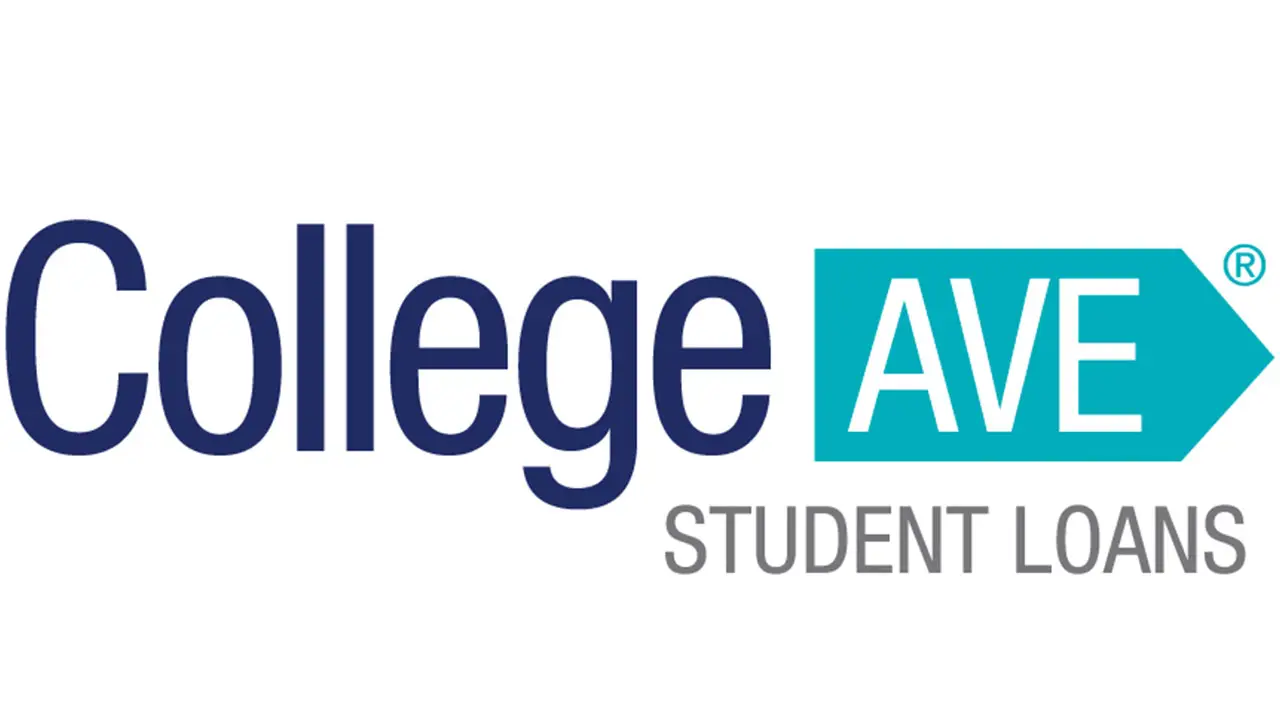
| Loan Terms | Loan Amounts | Student Perks |
| 5 to 15 years. | $1,000 up to the cost of attendance. | Quick application process, multiyear approval for returning students, and customizable repayment plans. |
Eligibility: U.S. citizens or permanent residents. Minimum credit score of 680 (or cosigner required).
Key Features: Fixed rates from 3.79% to 14.74% APR, variable rates from 5.05% to 14.62% APR (with 0.25% autopay discount). No origination or prepayment fees. Flexible repayment options (full, interest-only, flat payments, or deferment).
Sallie Mae ⭐4.8/5
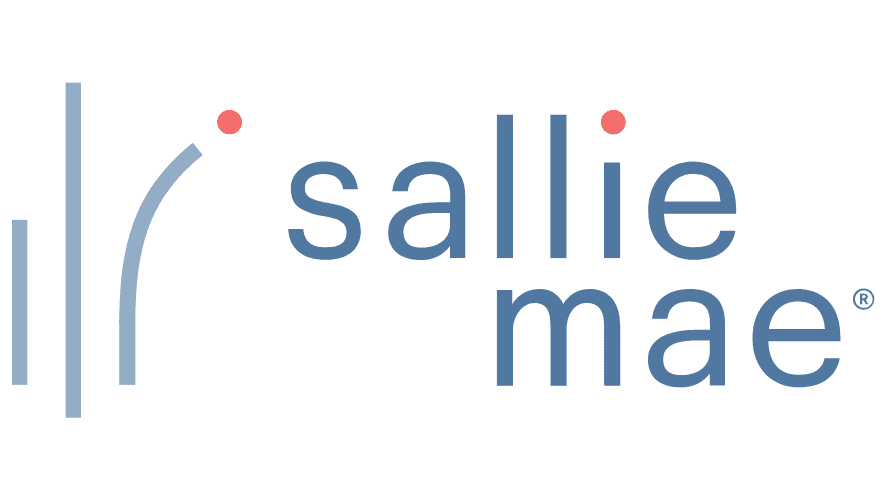
| Loan Terms | Loan Amounts | Student Perks |
| 10 to 15 years (undergrad); longer for graduate loans. | $1,000 up to the cost of attendance. | Multiyear approval, flexible repayment plans, and a 0.25% autopay discount. Supports part-time students and niche programs (e.g., law, medical school). |
Eligibility: U.S. citizens, permanent residents, or noncitizens with a qualified cosigner.
Key Features: Fixed rates from 4.24% to 14.83% APR, variable rates from 5.37% to 15.86% APR (with 0.25% autopay discount). No origination fees. Offers free credit score monitoring via Experian.
Earnest ⭐4.8/5
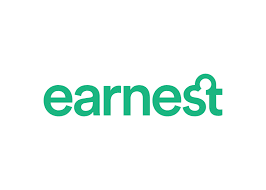
| Loan Terms | Loan Amounts | Student Perks |
| 5, 7, 10, 15, or 20 years. | $1,000 up to the cost of attendance. | Personalized rate based on financial profile (savings habits, earning potential). 0.25% autopay discount. |
Eligibility: U.S. citizens or permanent residents. Minimum credit score of 650 (or cosigner required).
Key Features: Fixed rates from 4.13% to 10.74% APR, variable rates from 6.13% to 10.74% APR (with 0.25% autopay discount). No fees. Option to skip one payment every 12 months.
Citizens ⭐4.8/5

| Loan Terms | Loan Amounts | Student Perks |
| 5, 7, 10, or 15 years. | $1,000 to $150,000 (undergrad). | 0.25% discount for autopay, additional 0.25% for existing Citizens account holders. Multiyear approval reduces paperwork. |
Eligibility: U.S. citizens or permanent residents. Minimum credit score of 680 (or cosigner required).
Key Features: Fixed rates from 3.79% to 14.74% APR, variable rates from 5.05% to 14.62% APR (with autopay discount). No origination fees. Multiyear approval for returning students.
MPOWER Financing ⭐4.8/5
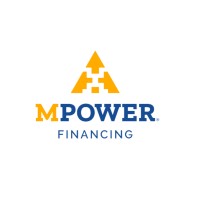
| Loan Terms | Loan Amounts | Student Perks |
| 10 years. | $2,001 to $100,000. | Ideal for international students, covers tuition and living expenses, offers career support. |
Eligibility: International students, DACA recipients, or U.S. citizens at eligible schools. No credit score required.
Key Features: Fixed rates (range not disclosed but competitive for international students, includes autopay discount). No cosigner or credit score required. Supports over 400 schools in the U.S. and Canada.
Rhode Island Student Loan Authority (RISLA) ⭐4.8/5

| Loan Terms | Loan Amounts | Student Perks |
| 10 or 15 years. | $1,500 to $45,000 per year (up to $200,000 lifetime). | Loan forgiveness for specific careers, low rate caps, and a 0.25% autopay discount. |
Eligibility: U.S. citizens or permanent residents. Minimum credit score not disclosed.
Key Features: Fixed rates (not specified but noted for low rate caps). No origination fees. Offers up to $2,000 in loan forgiveness for interns and nurses.
LendKey ⭐4.8/5
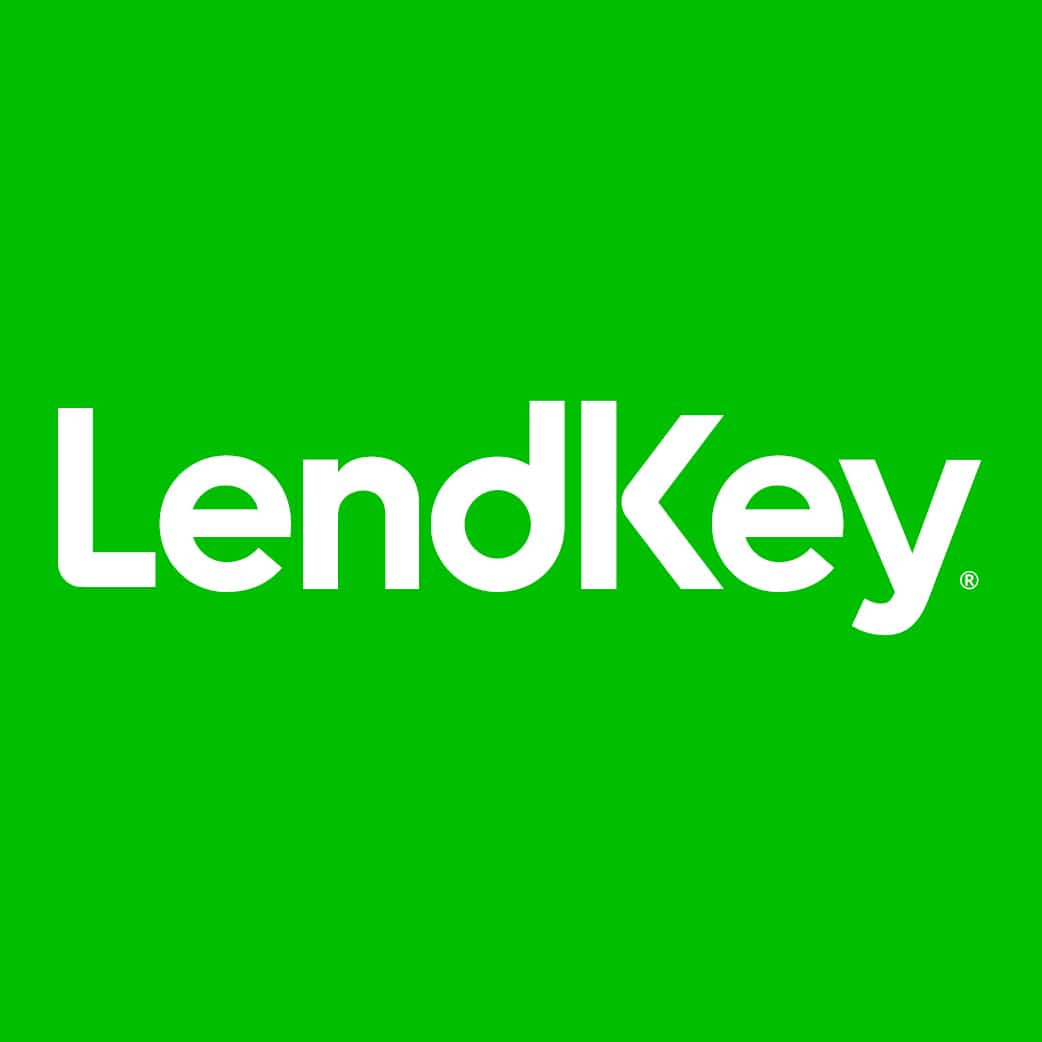
| Loan Terms | Loan Amounts | Student Perks |
| 5, 7, 10, 15, or 20 years. | $5,000 to $125,000 (undergrad). | Forbearance up to 18 months (longer than most). 0.25% autopay discount. |
Eligibility: U.S. citizens or permanent residents. Minimum credit score of 660 (or cosigner required).
Key Features: Fixed rates from 4.24% to 10.74% APR, variable rates from 6.13% to 10.74% APR (with autopay discount). Partners with community banks and credit unions for personalized service.
Education Loan Finance (ELFI) ⭐4.8/5
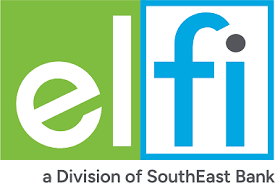
| Loan Terms | Loan Amounts | Student Perks |
| 5, 7, or 10 years. | $1,000 up to the cost of attendance. | Personalized support, streamlined application process, and a 0.25% autopay discount. |
Eligibility: U.S. citizens or permanent residents. Minimum credit score of 680 (or cosigner required).
Key Features: Fixed rates from 4.13% to 10.74% APR, variable rates from 6.13% to 10.74% APR (with 0.25% autopay discount). No origination or prepayment fees. Dedicated student loan advisor.
What is a private student loan?
A private student loan is a form of educational funding provided by non-governmental lenders, such as banks, credit unions, and online financial institutions. These loans are designed to cover the costs of higher education that are not met by other forms of financial aid, such as scholarships, grants, personal savings, and federal student loans.
Unlike federal loans, which have terms and interest rates set by Congress and are available to most students regardless of their financial history, private loans are credit-based. This means the lender will evaluate your (and your co-signer’s) credit score, income, and overall financial health to determine your eligibility and the interest rate you will receive. The terms, conditions, and benefits of private loans vary significantly from one lender to another, making it crucial to shop around and compare offers before making a decision.
It is almost always recommended that students exhaust their federal loan options—specifically by filling out the Free Application for Federal Student Aid (FAFSA®)—before turning to private lenders, as federal loans typically offer more borrower protections and flexible repayment plans.
Types of private student loans:
Private student loans are not a one-size-fits-all product. Lenders offer a variety of loan types tailored to different educational paths and needs. The most common types include:
- Undergraduate Student Loans: These are the most common type of private student loan, designed for students pursuing an associate’s or bachelor’s degree. Due to the limited credit history of most undergraduate students, these loans often require a creditworthy co-signer.
- Graduate Student Loans: Tailored for students pursuing master’s, doctoral, or other professional degrees. These loans often have higher borrowing limits to accommodate the higher cost of graduate programs. Graduate students may have a better chance of qualifying without a co-signer if they have an established credit history and income.
- Degree-Specific Loans: Some lenders offer specialized loans for high-cost, high-earning-potential fields. This includes loans for medical school, dental school, law school (Bar loans), and MBA programs. These loans might feature unique benefits like longer grace periods to account for residencies or clerkships.
- Parent Loans: Similar to the federal Parent PLUS Loan, some private lenders offer loans directly to the parents or legal guardians of an undergraduate student. In this case, the parent is the primary borrower and is legally responsible for repaying the debt.
- International Student Loans: These loans are specifically for non-U.S. citizens studying in the United States. Lenders like MPOWER Financing specialize in these and may not require a U.S.-based co-signer, instead looking at a student’s academic record and future earning potential.
Am I qualified for a private student loan?
Each private lender has its own set of eligibility requirements, but they generally assess the following criteria:
- Credit History: Lenders will perform a hard credit check to evaluate your credit score and history. They look for a demonstrated history of responsible borrowing and timely payments. Most students have a limited credit file, which is why a co-signer is often necessary.
- Income: You or your co-signer must show sufficient income to prove you can afford to repay the loan. Lenders will calculate your debt-to-income (DTI) ratio to ensure your debt obligations aren’t too high relative to your income.
- School Eligibility: The loan must be used for an accredited, eligible postsecondary institution. Lenders maintain a list of approved schools.
- Enrollment Status: You typically must be enrolled at least half-time to be eligible.
- Citizenship: You generally must be a U.S. citizen or a permanent resident. Some lenders, like MPOWER and Ascent, offer specific loan products for DACA recipients and international students.
- Age: You must have reached the age of majority in your state of residence (typically 18).
Can I get a private student loan with bad credit?
Getting a private student loan with a bad credit history (typically a FICO score below 630) on your own is very difficult, if not impossible. Lenders view a low credit score as a significant risk, indicating a history of missed payments or financial hardship.
However, you still have options:
- Apply with a Creditworthy Co-signer: This is the most common solution. A co-signer with a strong credit score and stable income lends their good credit to your application. This significantly increases your chances of approval and can help you secure a much lower interest rate. Remember, your co-signer is equally responsible for the debt, so any missed payments will damage both of your credit scores.
- Focus on Building Your Credit: If you have time before you need the loan, take steps to improve your credit. This could involve getting a secured credit card, paying all bills on time, and keeping your credit card balances low.
- Look for Lenders Who Consider Other Factors: Some modern lenders, like Ascent, may consider factors beyond a traditional credit score, such as your GPA or future income potential, especially for their non-co-signed loan options for upperclassmen.
How do I choose a private student loan online?
Choosing the right loan requires careful research and comparison. Here’s a step-by-step guide:
- Get Pre-qualified: Most online lenders offer a pre-qualification tool. This allows you to check your potential interest rate and loan terms with only a soft credit inquiry, which does not affect your credit score. Use this feature with multiple lenders (3-5) to see who offers the best initial terms.
- Compare Interest Rates and APR: Look at both fixed and variable interest rates. A fixed rate remains the same for the life of the loan, providing predictable payments. A variable rate can fluctuate over time, starting lower but carrying the risk of increasing. Always compare the Annual Percentage Rate (APR), which includes the interest rate plus any fees, giving you a more accurate picture of the total cost of borrowing.
- Evaluate Repayment Options and Flexibility: Look for lenders that offer multiple in-school repayment options (e.g., full deferment, interest-only payments, or small flat payments). Check for borrower protections like forbearance or deferment options in case you face financial hardship after graduation.
- Check for Fees: Look for origination fees (a percentage of the loan amount taken upfront), application fees, or prepayment penalties (a fee for paying off your loan early). The most competitive lenders, including those on your list, typically charge no fees.
- Read Borrower Reviews: Look for reviews on third-party sites to understand the lender’s customer service reputation. A low interest rate isn’t helpful if the company is difficult to work with.
- Look at Co-signer Release Options: If you are applying with a co-signer, check if the lender offers a co-signer release program. This allows you to remove the co-signer from the loan after you’ve made a certain number of on-time payments and met specific credit requirements on your own.
Will I need a co-signer for a private student loan?
For most undergraduate students, the answer is yes, most likely.
Lenders need to be confident that their loans will be repaid. Since most high school and college students have not had the time to build a robust credit history or earn a stable income, they are viewed as high-risk borrowers. According to reports, over 90% of undergraduate private student loans are co-signed.
A co-signer is a creditworthy adult—usually a parent or guardian—who agrees to share legal responsibility for the loan. Their good credit and income can help you get approved and secure a lower interest rate than you could on your own. You may not need a co-signer if you are a graduate student with a good credit score and stable income or an undergraduate who has already established a strong, independent financial profile.
How do I apply for a private student loan?
Applying for a private student loan is a multi-step process:
- Gather Your Information: You and your co-signer (if applicable) will need to collect personal and financial documents, including:
- Social Security numbers
- Driver’s license or other government-issued ID
- Proof of income (pay stubs, tax returns)
- Information about assets and existing debts
- The name of your school and your estimated cost of attendance
- The loan amount you wish to borrow
- Complete the Online Application: Choose your preferred lender (after comparing offers) and fill out their full online application. This will trigger a hard credit inquiry, which can temporarily dip your credit score by a few points.
- Lender Review and Approval: The lender will review your application and credit reports. If approved, you will be presented with your final loan offer, including the interest rate and terms.
- Accept the Loan Terms: If you are satisfied with the offer, you will electronically sign the loan agreement.
- School Certification: The lender will then send the loan details to your school’s financial aid office. The school will verify your enrollment, cost of attendance, and the requested loan amount. They will certify the loan, confirming that the amount does not exceed your cost of attendance minus any other aid received.
- Disbursement: Once certified, the lender will disburse the funds directly to your school. The school will apply the funds to your tuition, fees, and room and board first. Any leftover money, known as a student loan refund, will be sent to you to cover other educational expenses like books and living costs.
How do private student loans and federal student loans differ?
This is one of the most important distinctions to understand.
| Feature | Federal Student Loans | Private Student Loans |
|---|---|---|
| Source | Funded by the U.S. Department of Education. | Funded by private institutions like banks, credit unions, and online lenders. |
| Basis for Loan | Based on financial need (determined by the FAFSA). Most students are eligible. | Based on creditworthiness (credit score, income, debt). |
| Interest Rates | Fixed rates set by Congress. The same for every borrower in a given year. | Can be fixed or variable. Rates are determined by the lender based on the borrower’s/co-signer’s credit. |
| Co-signer | Not required for most undergraduate loans. | Often required for undergraduates to get approved and receive a good rate. |
| Borrower Protections | Offer extensive protections: income-driven repayment plans, loan forgiveness programs (e.g., Public Service Loan Forgiveness), and generous deferment/forbearance options. | Protections vary by lender and are generally much less flexible than federal options. Forbearance is usually offered for shorter periods. |
| Subsidized Loans | Offer Direct Subsidized Loans where the government pays the interest while you’re in school. | All private loans are unsubsidized; interest begins to accrue immediately. |
| Repayment | Repayment typically begins after a six-month grace period once you leave school or drop below half-time enrollment. | Repayment options vary. Some require payments while in school; others offer a grace period similar to federal loans. |
Export to Sheets
How much can I borrow for college?
The amount you can borrow depends on the type of loan:
- Federal Student Loans: The federal government sets strict annual and aggregate (lifetime) borrowing limits. For dependent undergraduate students in the 2024-2025 academic year, these limits are:
- First Year: $5,500
- Second Year: $6,500
- Third Year and Beyond: $7,500
- Total Undergraduate Limit: $31,000
- Private Student Loans: The borrowing limit for private student loans is determined by the lender but is ultimately capped by your school’s Cost of Attendance (COA). The COA is an estimate of the total cost to attend that school for one year, including tuition, fees, room and board, books, and transportation. Your private loan borrowing limit will be:
- Your School’s COA – Any Other Financial Aid Received = Maximum Private Loan Amount
For example, if your school’s COA is $50,000 and you received $5,500 in federal loans and a $10,000 scholarship, the maximum you could borrow from a private lender would be $34,500 for that year.
Explore More Student Finance Guides:
- Best Credit Cards for Students in 2025
- Understanding Your Student Loan
- Budgeting Tips for College Students
- How to Save Money in College
- Best student Bank Accounts In 2025
